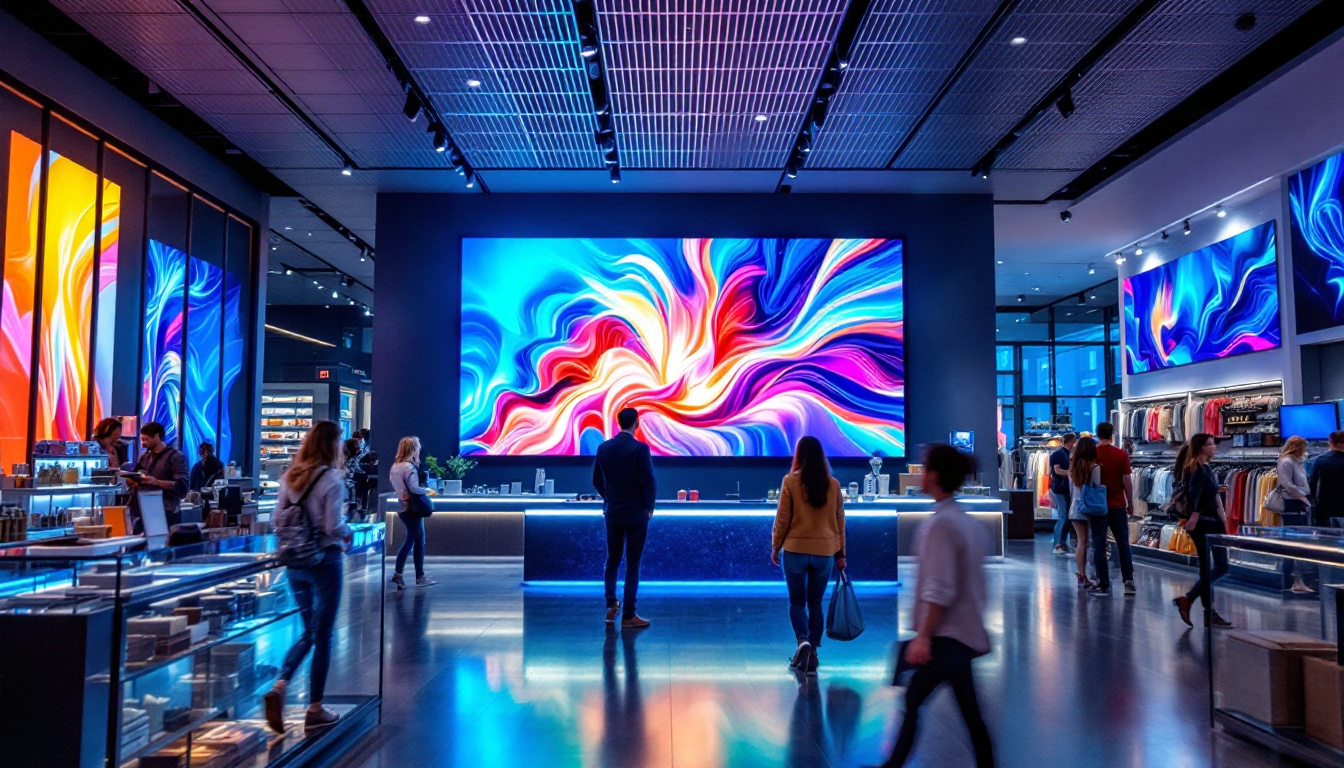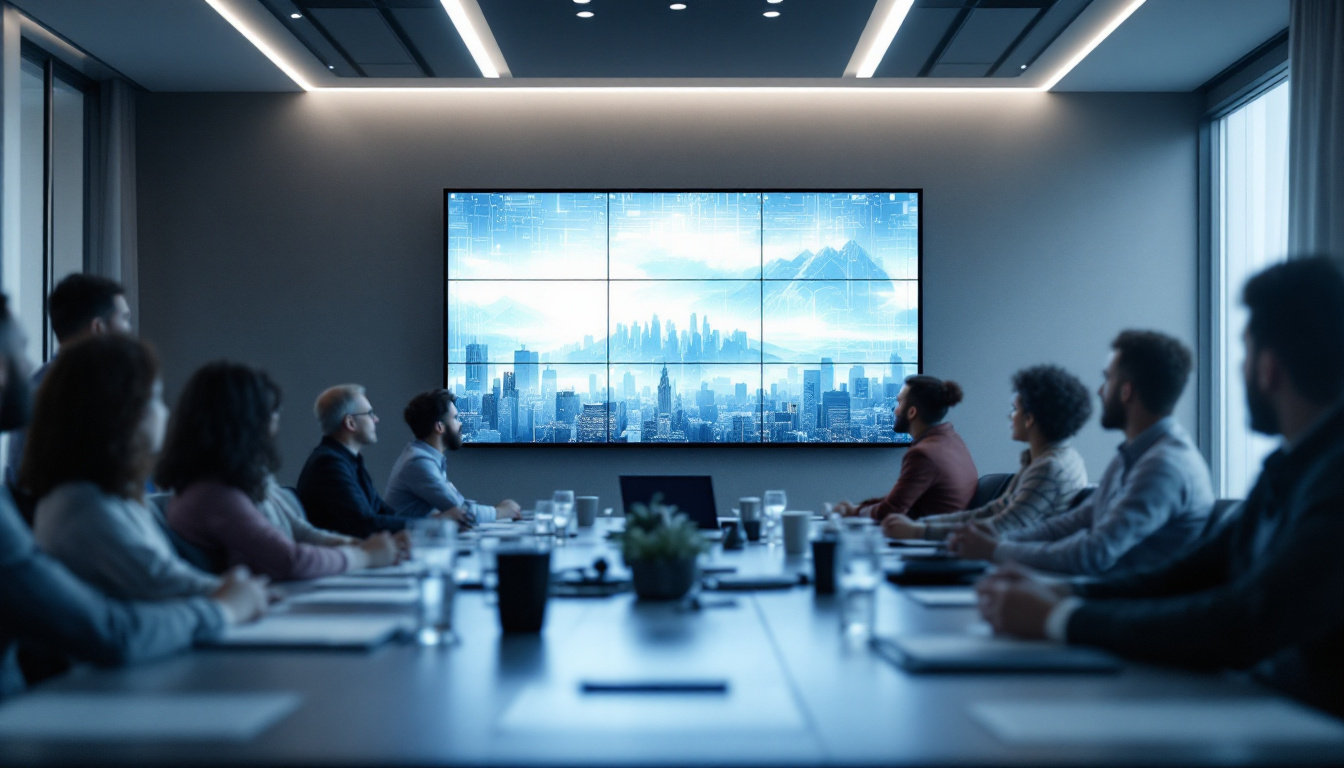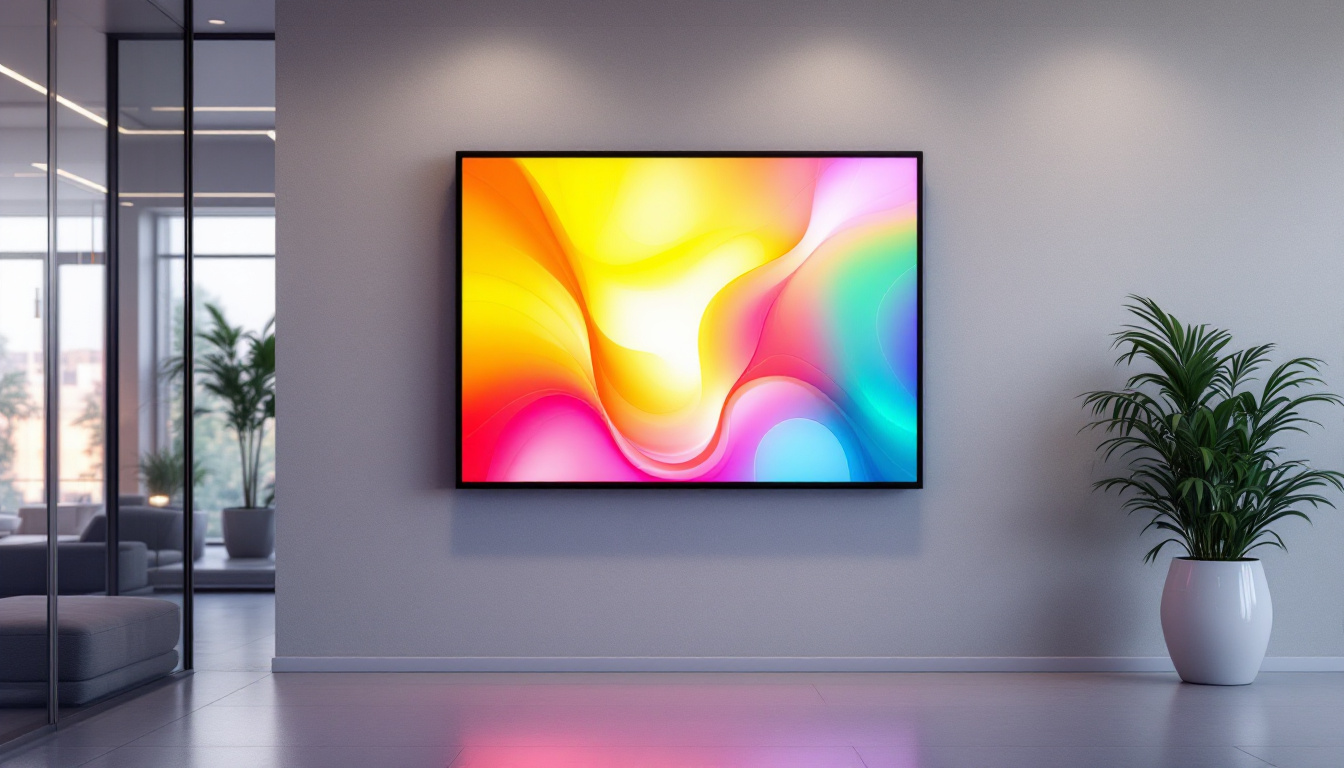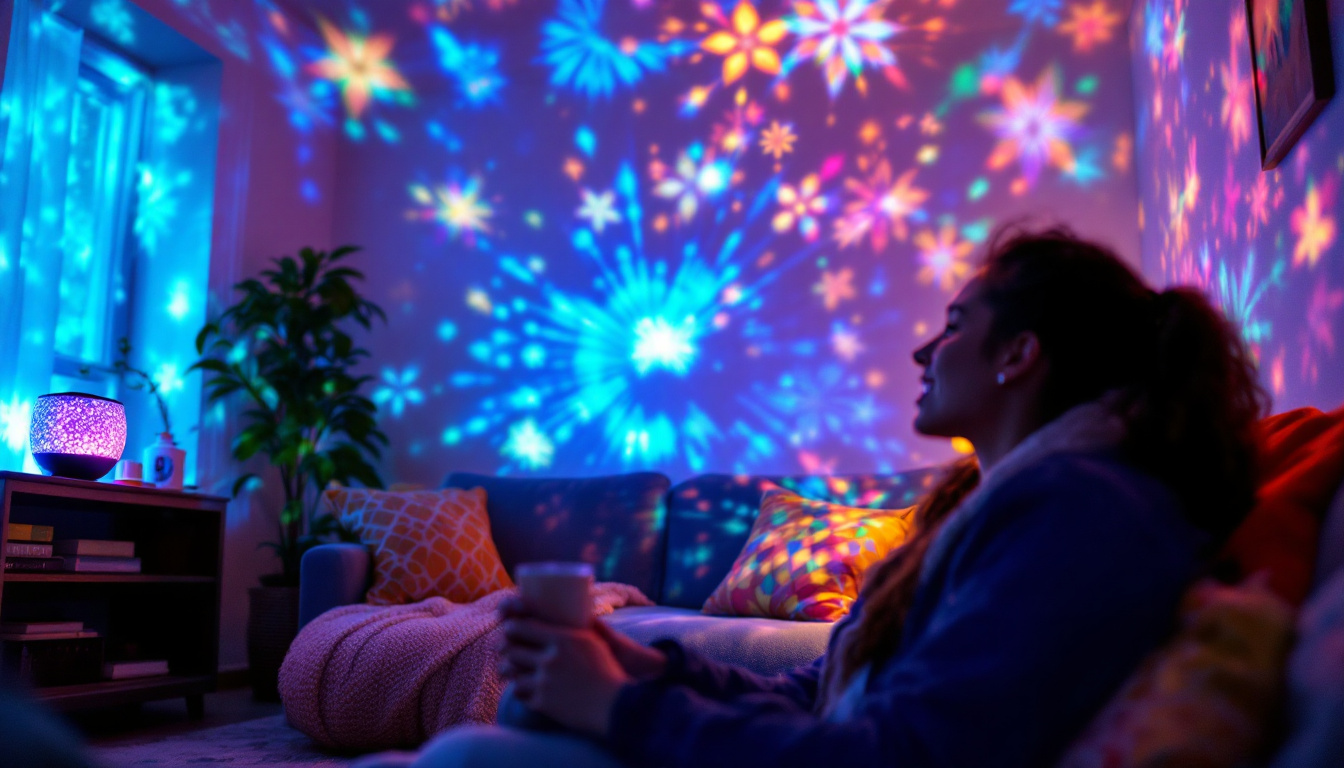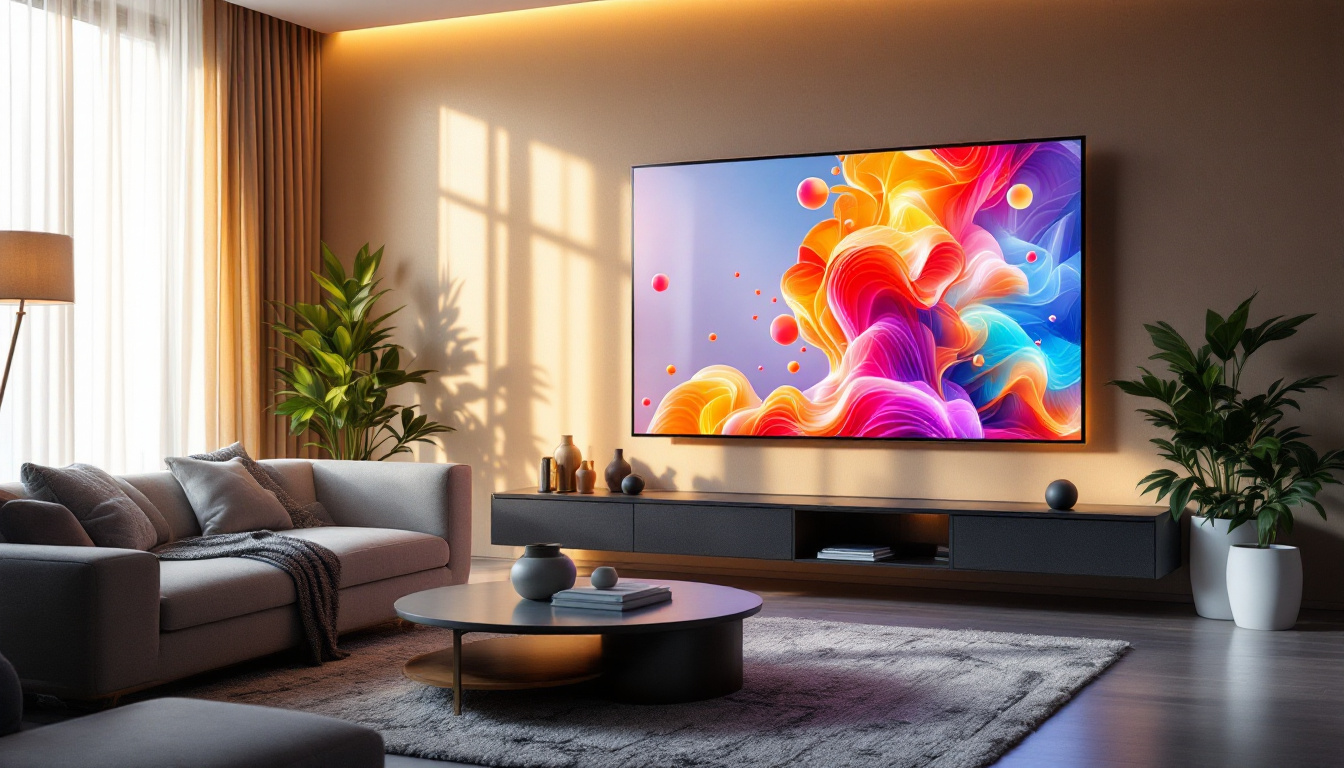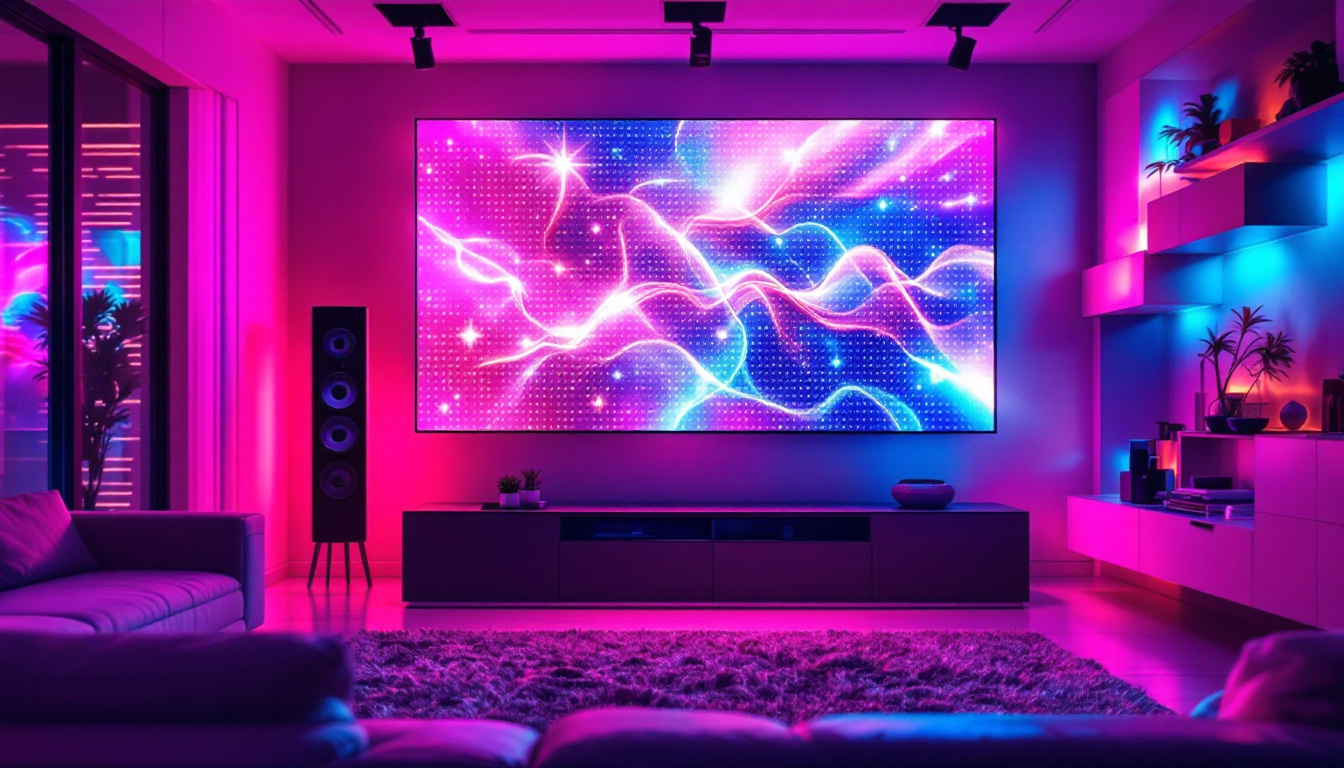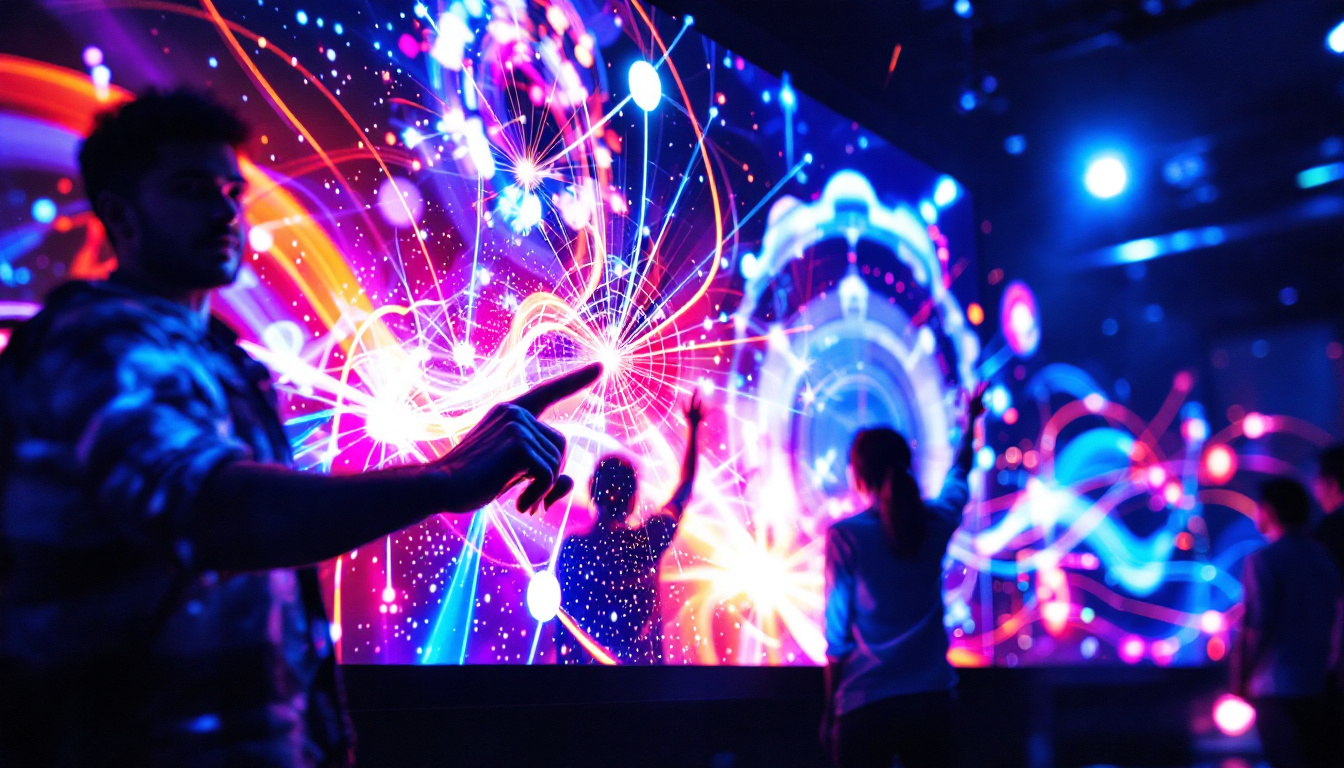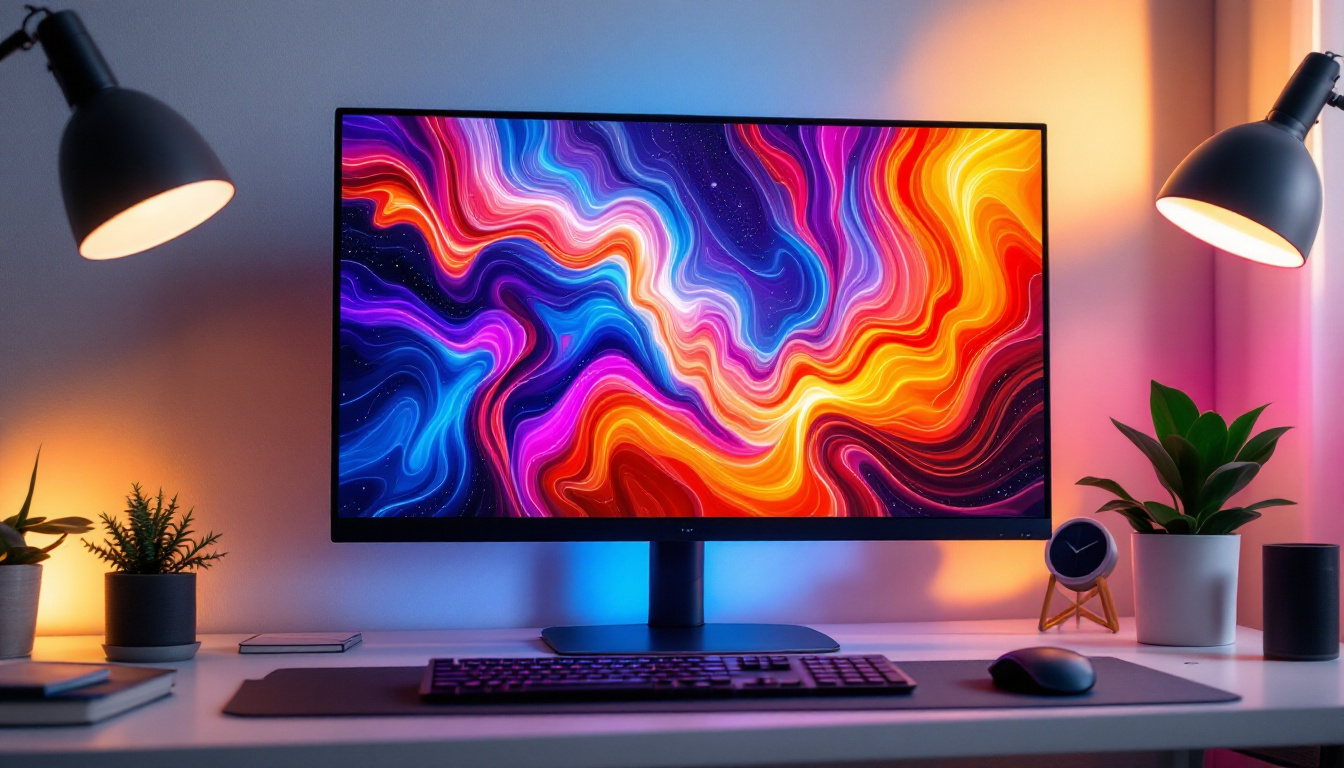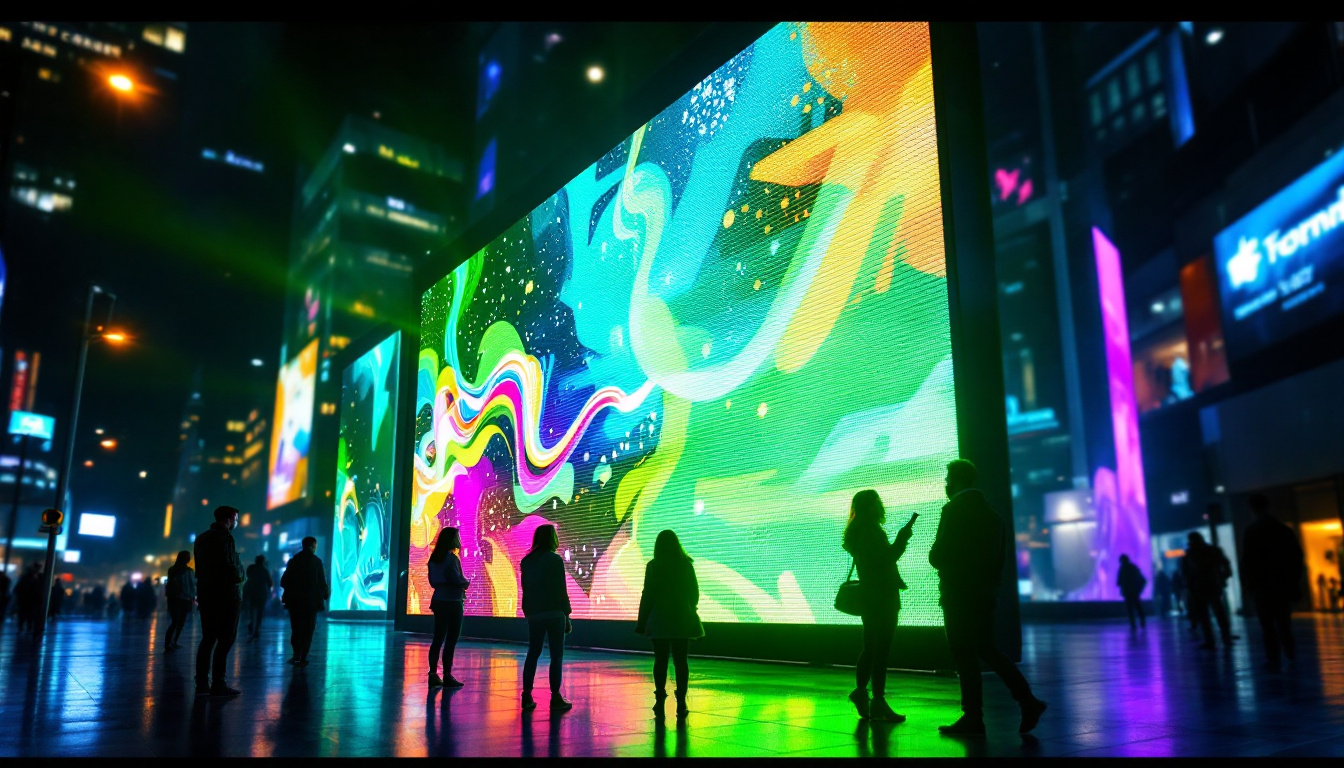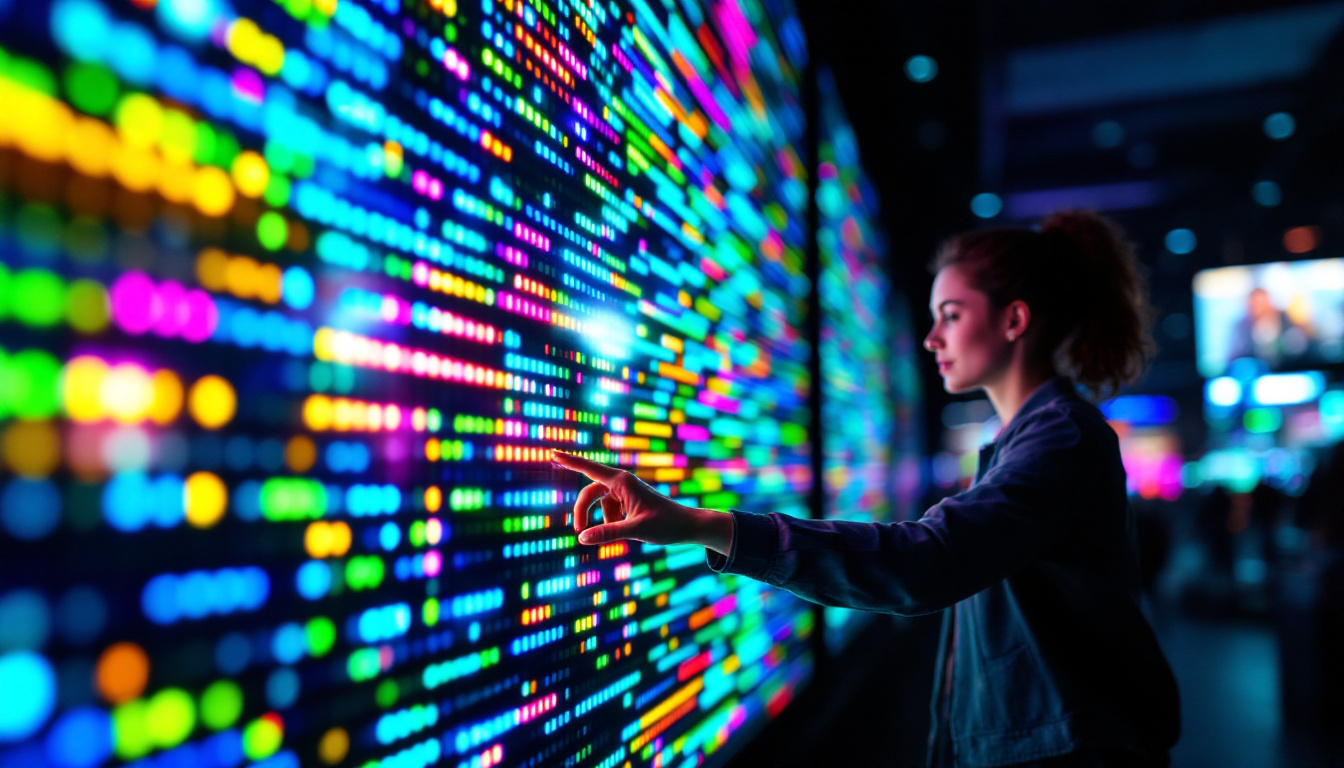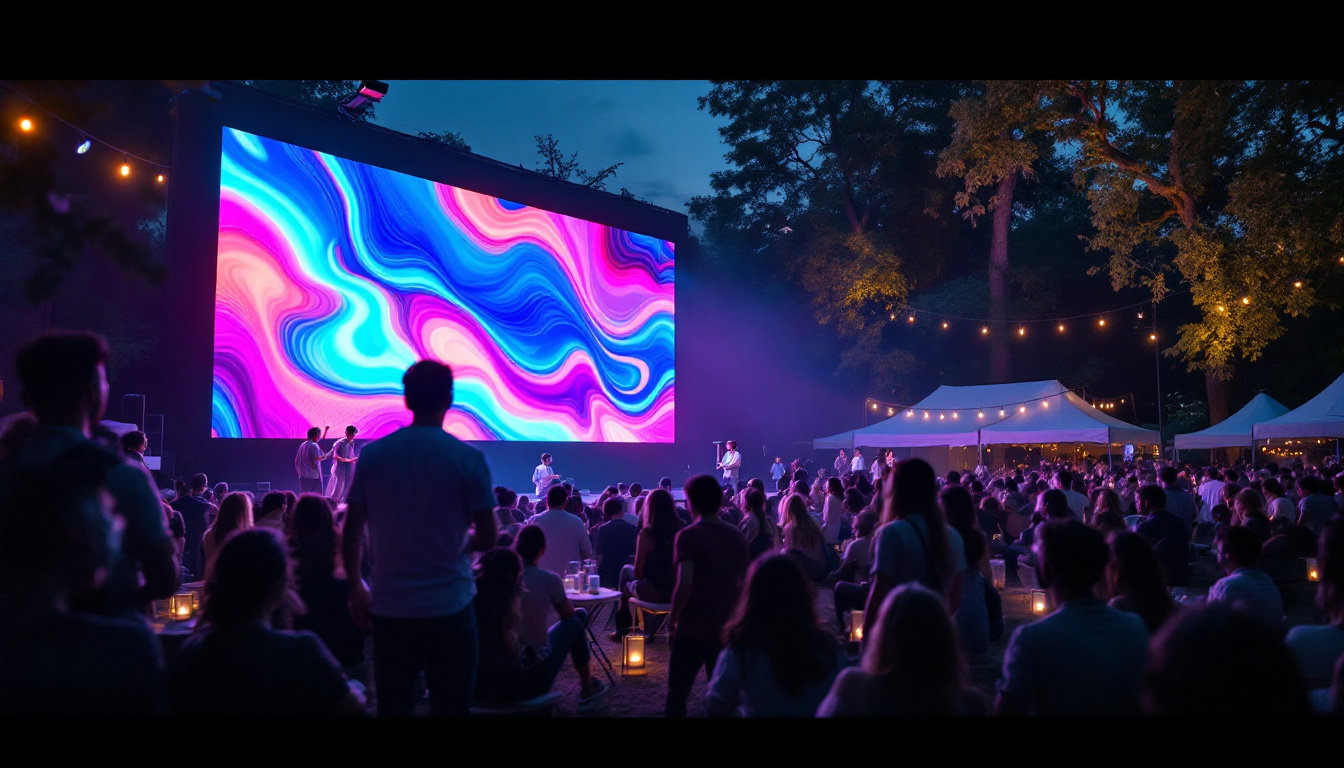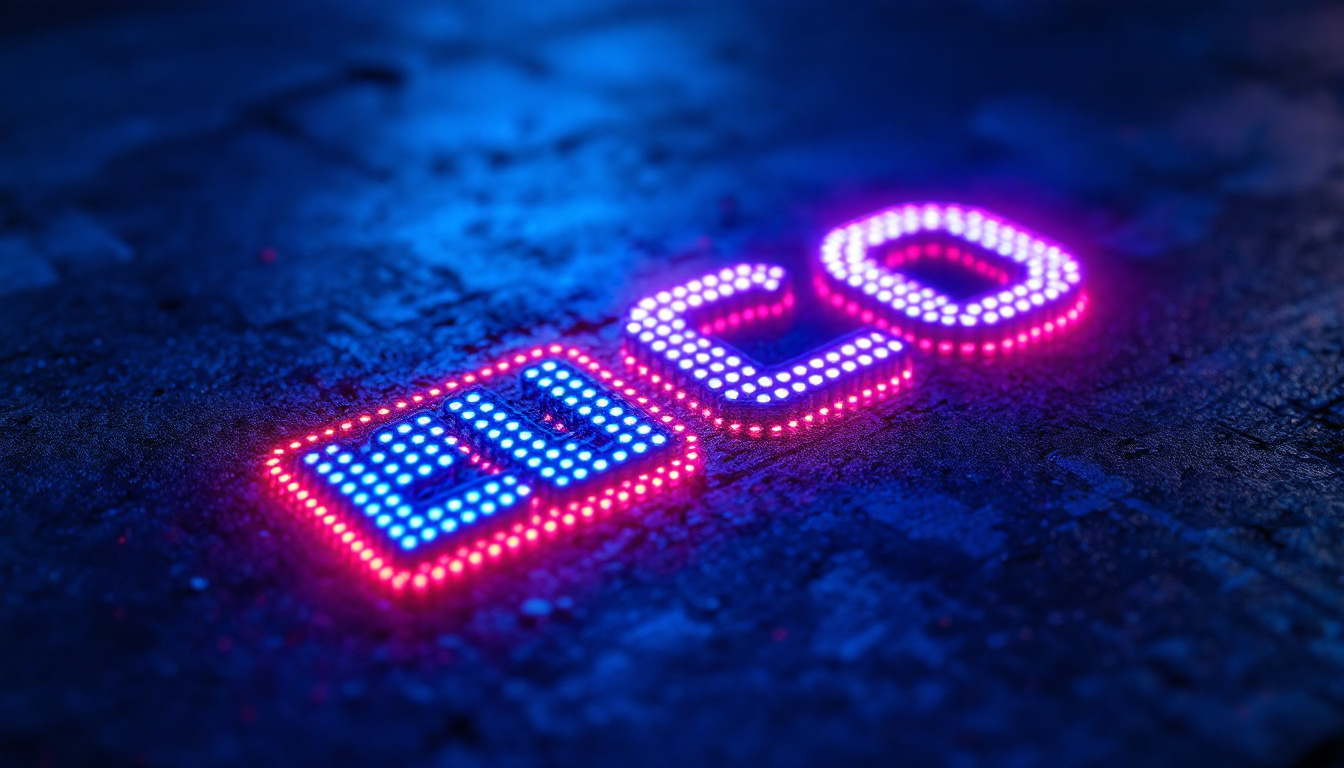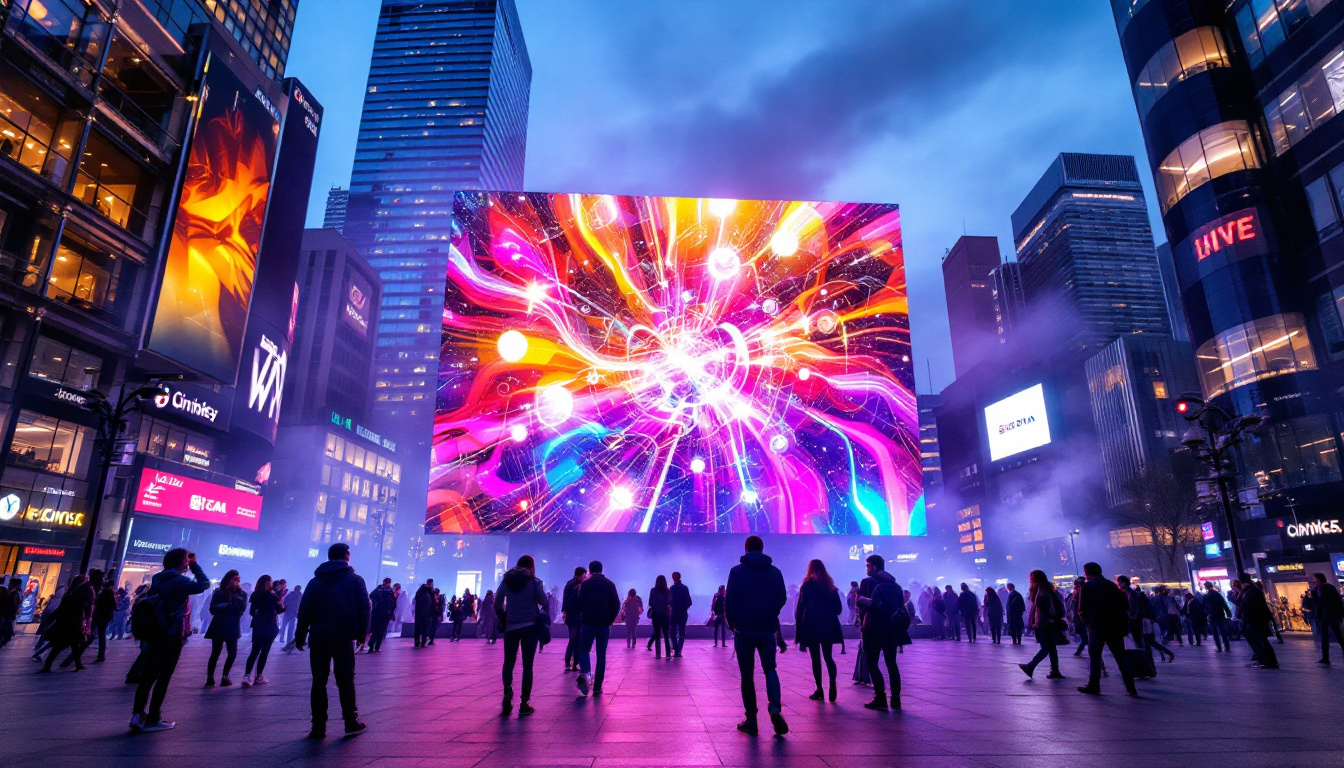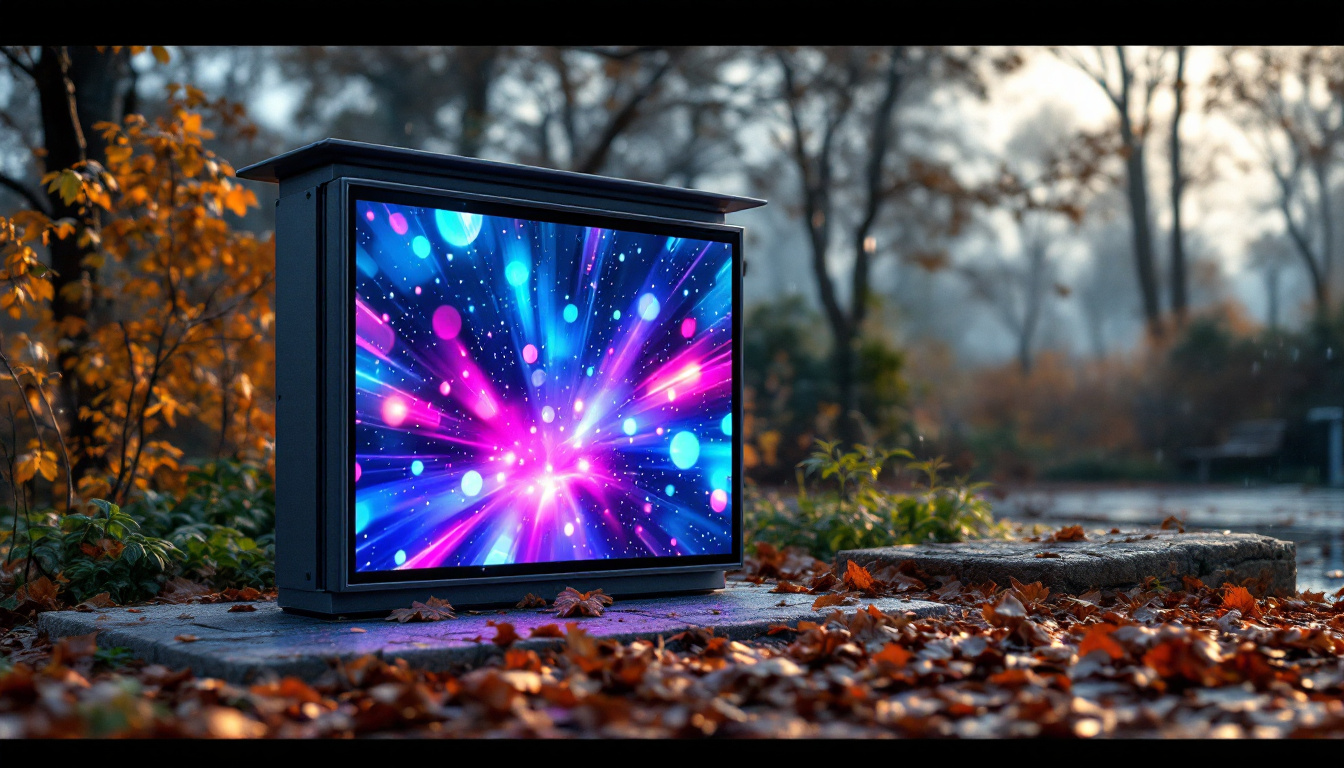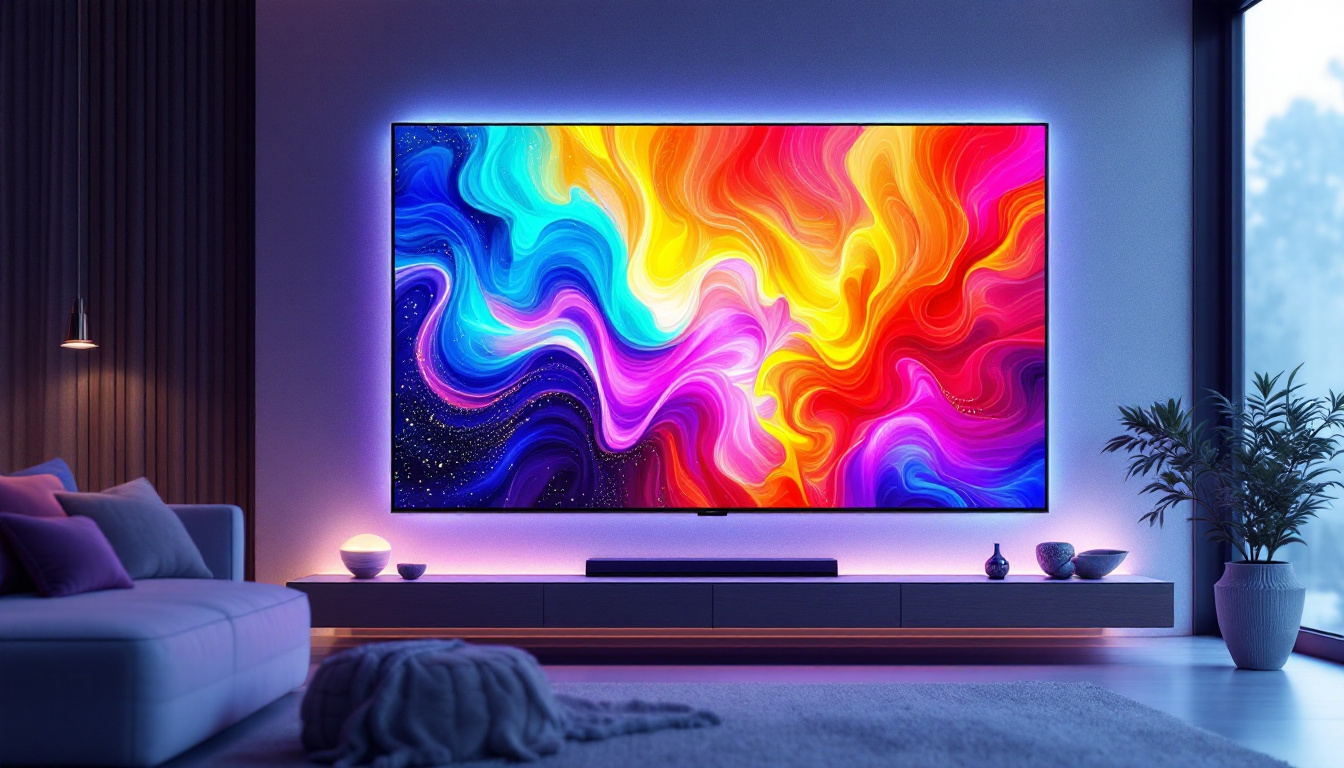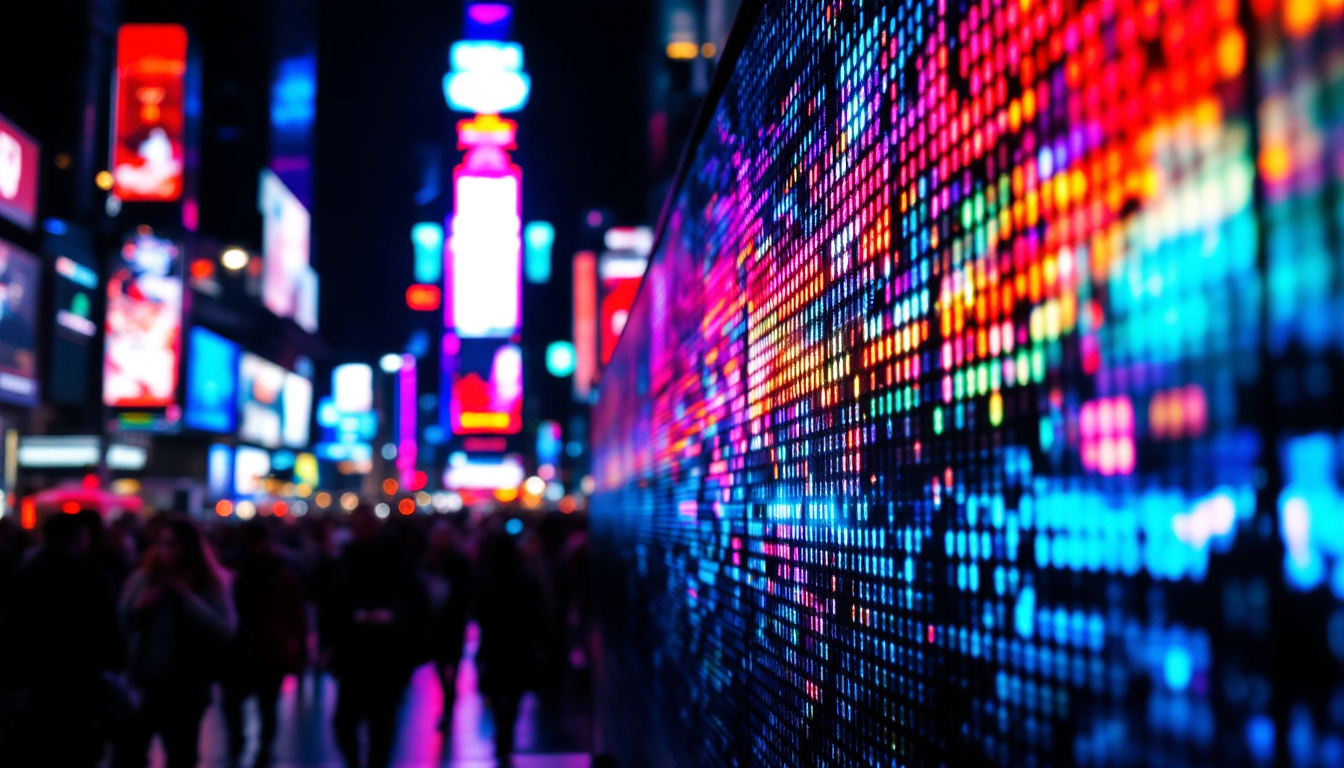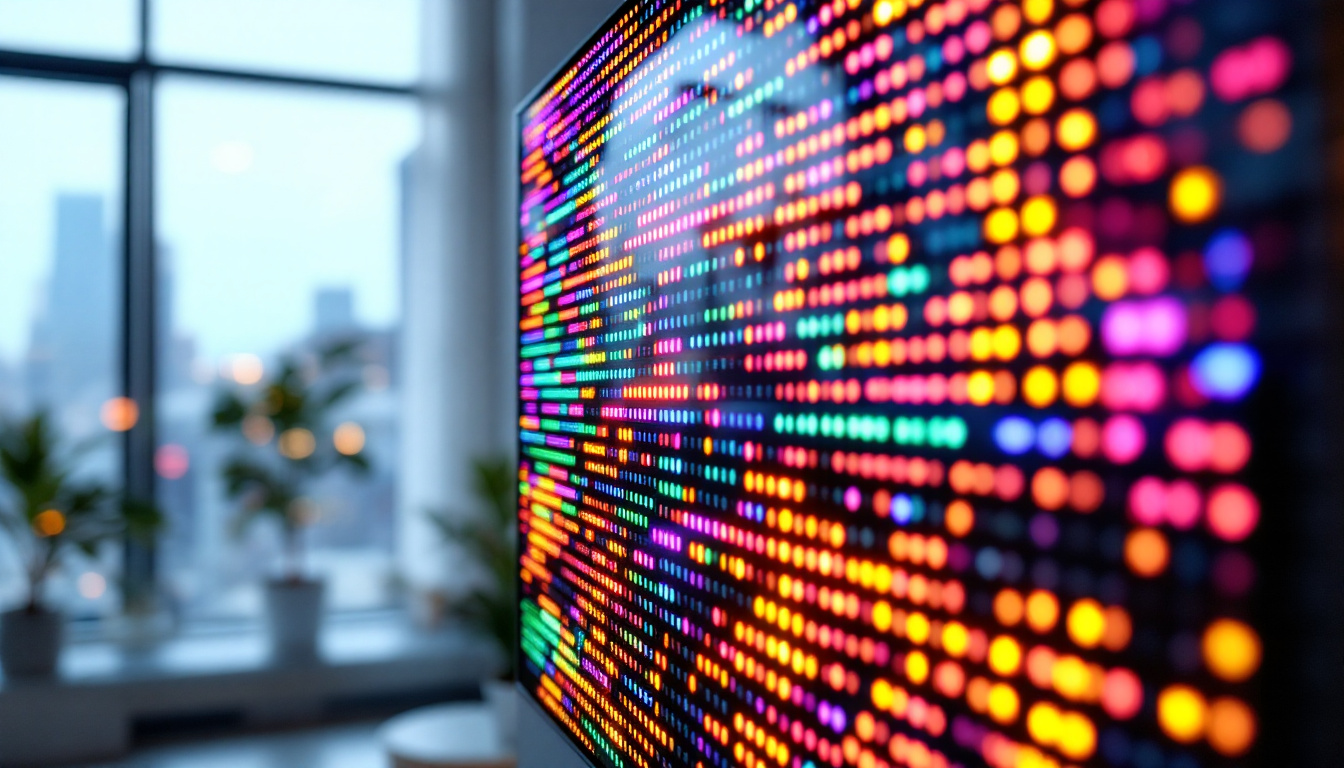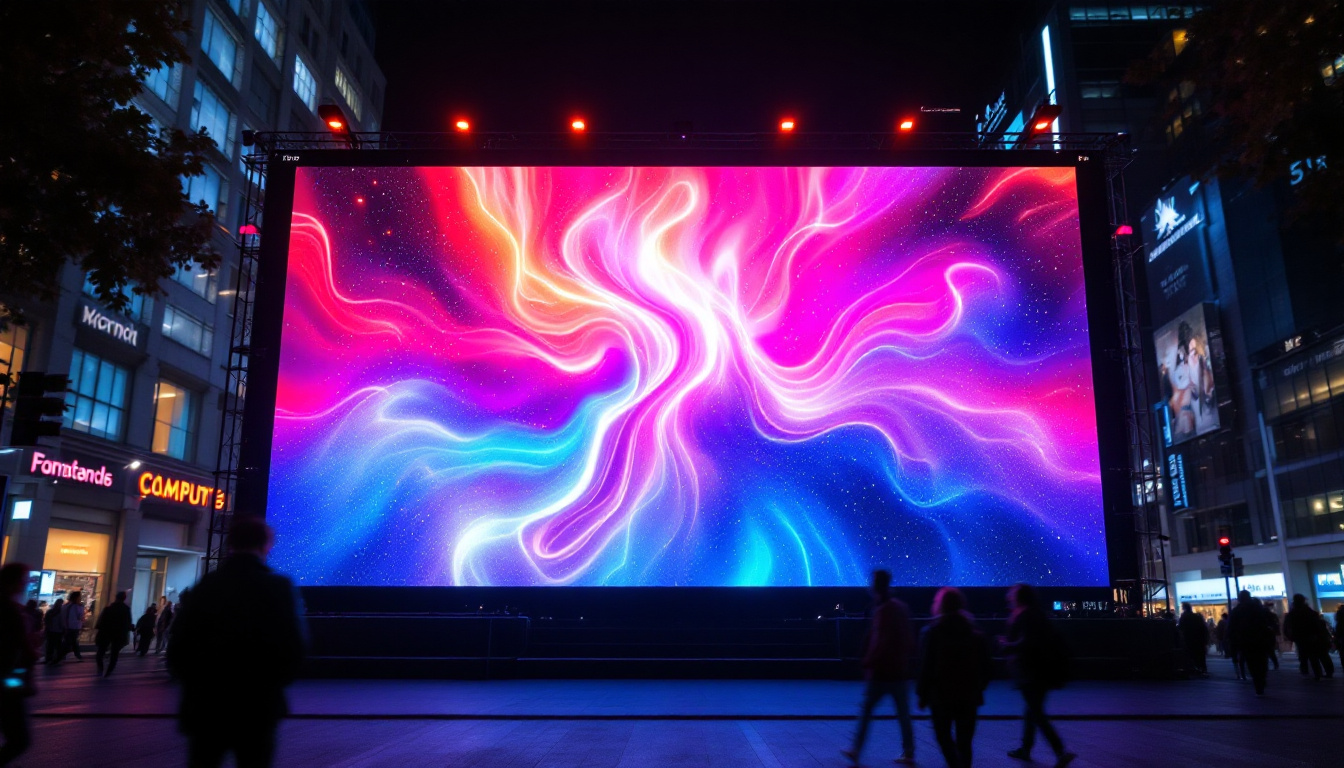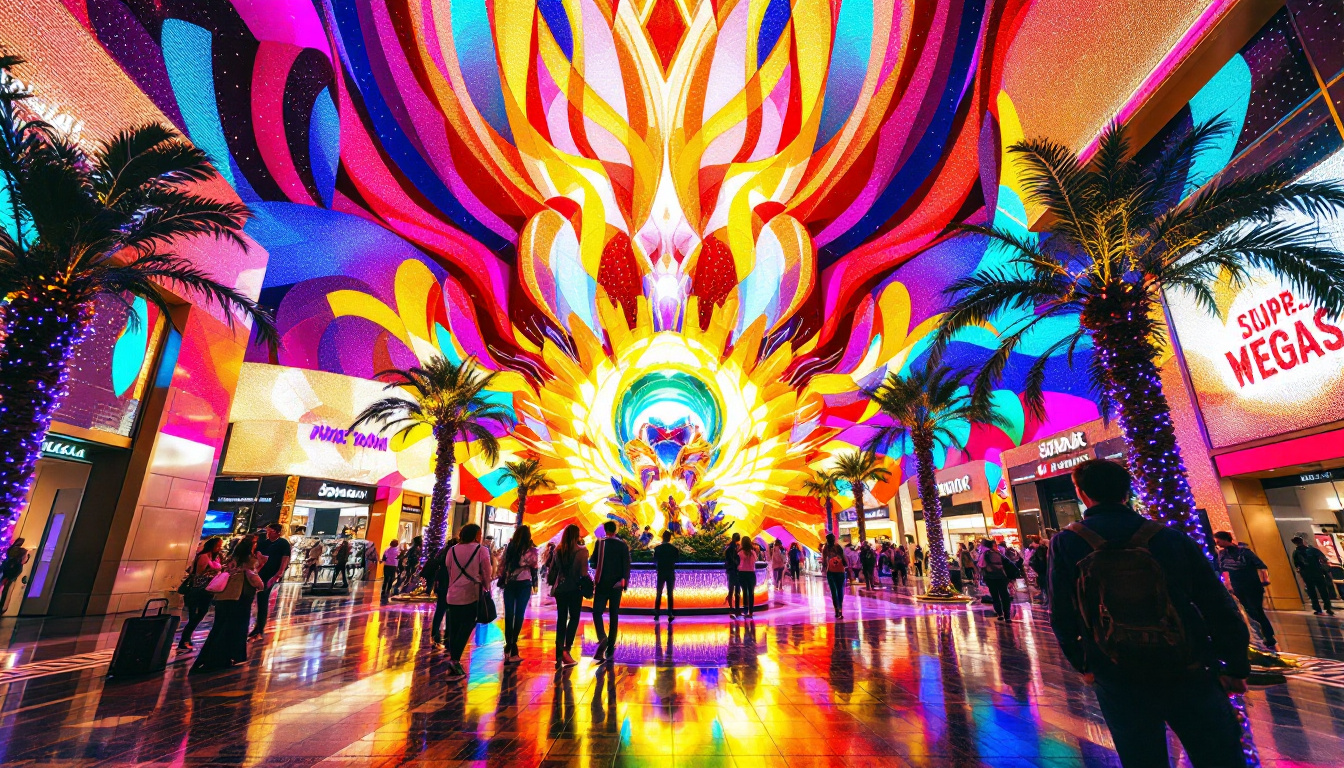In the fast-paced world of retail, capturing customer attention is more crucial than ever. One of the most effective ways to do this is through the use of digital displays, particularly LED displays. These vibrant and dynamic screens have transformed the way brands communicate with consumers, offering a multitude of benefits that go beyond traditional signage. This article delves into the intricacies of retail digital displays, focusing specifically on LED technology, its advantages, applications, and future trends.
Understanding LED Displays
LED, or Light Emitting Diode, displays are a type of flat panel display that utilizes semiconductor technology to emit light. Unlike traditional LCDs that require a backlight, LED displays are composed of numerous tiny light-emitting diodes that create images and videos. This technology has gained immense popularity in retail environments due to its versatility and effectiveness. The energy efficiency of LED displays also contributes to their appeal, as they consume significantly less power compared to older display technologies, making them a more sustainable choice for businesses looking to reduce their carbon footprint.
How LED Displays Work
The core functionality of LED displays lies in their ability to produce light through electroluminescence. When an electric current passes through a semiconductor material, it emits light. This process allows for the creation of vivid, colorful images that can be easily manipulated and changed, making LED displays ideal for retail settings where dynamic content is essential. Additionally, the rapid response time of LED technology ensures that images and videos can be displayed without lag, providing a seamless viewing experience that captures consumer attention effectively.
LED displays can be categorized into two main types: direct-view and backlit. Direct-view LED displays consist of individual LED modules that form the entire screen, while backlit LED displays use LEDs to illuminate an LCD panel. The former is often preferred for large outdoor signage due to its brightness and visibility in daylight. Furthermore, advancements in LED technology have led to improvements in color accuracy and contrast ratios, allowing retailers to showcase their products in the best possible light, thus enhancing the overall shopping experience.
Types of LED Displays in Retail
In retail environments, various types of LED displays are employed to enhance customer engagement. Some common types include:
- Video Walls: These are large displays made up of multiple LED panels that work together to create a single, cohesive image or video. They are particularly effective in high-traffic areas, drawing attention with vibrant visuals that can be updated in real-time to reflect promotions or seasonal changes.
- digital signage: Smaller LED screens used for promotions, advertisements, and informational content. These can be placed at checkout counters or within product aisles, providing customers with relevant information and enticing offers that can influence purchasing decisions.
- Interactive Displays: Touchscreen LED displays that allow customers to interact with content, providing a more engaging shopping experience. These displays can be programmed to offer personalized recommendations based on customer preferences, further enhancing the shopping journey.
Moreover, the integration of LED displays with advanced analytics and customer tracking technologies allows retailers to gather valuable insights into consumer behavior. By analyzing how customers interact with these displays, businesses can tailor their marketing strategies more effectively, ensuring that they meet the evolving needs and preferences of their target audience. This data-driven approach not only improves customer satisfaction but also drives sales and increases brand loyalty.
Advantages of LED Displays in Retail
Implementing LED displays in retail settings offers numerous advantages that can significantly enhance the shopping experience and boost sales.
High Visibility and Brightness
One of the most notable benefits of LED displays is their exceptional brightness. Unlike traditional signage, LED screens can be easily viewed in various lighting conditions, including direct sunlight. This high visibility ensures that promotional messages reach customers effectively, regardless of the time of day. The vibrant colors and sharp images produced by LED technology can capture the attention of passersby, making them more likely to enter the store and explore what’s on offer. Retailers can leverage this feature to create eye-catching displays that stand out in crowded shopping environments.
Dynamic Content and Flexibility
LED displays allow retailers to change their content quickly and easily. This flexibility enables businesses to update promotions, seasonal offers, or product information in real-time. For example, a retail store can display a flash sale for a limited time, attracting immediate attention and driving impulse purchases. This adaptability not only helps in responding to market trends but also allows retailers to tailor their messages based on customer demographics or time of day, optimizing engagement.
Moreover, the ability to showcase videos and animations adds a dynamic element to advertising, making it more engaging than static displays. Retailers can create captivating narratives that resonate with their target audience, enhancing brand loyalty. For instance, a clothing store might use LED displays to show a fashion show featuring their latest collection, providing customers with inspiration and ideas on how to style the pieces. This interactive approach can transform the shopping experience into a more immersive event, encouraging longer visits and increased spending.
Cost-Effectiveness and Energy Efficiency
While the initial investment for LED displays may be higher compared to traditional signage, their long-term cost-effectiveness is undeniable. LED technology consumes significantly less energy than conventional lighting solutions, leading to lower electricity bills. Additionally, the durability of LED displays reduces maintenance costs, as they have a longer lifespan and are less prone to damage. Retailers can expect to save on replacement costs and labor associated with changing out traditional signage, allowing them to allocate resources to other areas of their business.
Furthermore, the environmental benefits of using LED displays should not be overlooked. As businesses increasingly prioritize sustainability, LED technology aligns with eco-friendly practices by reducing energy consumption and minimizing waste. Retailers can promote their commitment to sustainability through their advertising strategies, appealing to the growing number of consumers who value environmentally responsible practices. By choosing LED displays, retailers not only enhance their visibility and engagement but also contribute positively to their brand image and the planet.
Applications of LED Displays in Retail
The versatility of LED displays allows them to be utilized in various retail applications, enhancing both customer experience and operational efficiency.
Advertising and Promotions
One of the primary uses of LED displays in retail is for advertising and promotions. Retailers can showcase their latest products, special offers, and upcoming events through eye-catching visuals. This not only attracts customers but also encourages them to explore the store further.
Wayfinding and Information
LED displays can serve as effective wayfinding tools within large retail spaces. By providing directional information and store layouts, these displays help customers navigate the store with ease. Additionally, they can offer real-time updates on stock availability, helping shoppers find what they need without frustration.
Customer Engagement and Experience
Interactive LED displays can significantly enhance customer engagement. By allowing customers to interact with the content, such as browsing product catalogs or participating in quizzes and games, retailers can create a memorable shopping experience. This not only increases dwell time but also fosters a sense of connection between the brand and the consumer.
Challenges and Considerations
Despite the numerous advantages of LED displays, retailers must also consider certain challenges when implementing this technology.
Initial Costs and Investment
The upfront costs associated with purchasing and installing LED displays can be substantial. Retailers must weigh the potential return on investment against these initial expenses. Careful planning and budgeting are essential to ensure that the benefits of LED displays justify the costs.
Content Management
Effective content management is crucial for maximizing the impact of LED displays. Retailers need to develop a strategy for creating, scheduling, and updating content regularly. This requires dedicated resources and expertise, which may pose a challenge for smaller retailers.
Technical Maintenance
While LED displays are generally durable, they do require regular maintenance to ensure optimal performance. Retailers must be prepared to address technical issues promptly, as any downtime can result in lost sales opportunities. Establishing a reliable maintenance plan is essential for keeping displays in top condition.
Future Trends in LED Display Technology
The landscape of retail digital displays is continuously evolving, with new technologies and trends emerging regularly. The future of LED displays in retail looks promising, driven by advancements in technology and changing consumer behaviors.
Integration with Augmented Reality (AR)
As augmented reality technology becomes more mainstream, retailers are beginning to explore its integration with LED displays. AR can enhance the shopping experience by allowing customers to visualize products in their own environment or try on virtual clothing. This combination of LED displays and AR can create a highly interactive and immersive shopping experience.
Increased Personalization
Personalization is becoming a key focus in retail, and LED displays are no exception. With advancements in data analytics and customer insights, retailers can tailor content displayed on LED screens to specific customer segments. This targeted approach can lead to higher engagement rates and increased sales.
Sustainability and Eco-Friendly Solutions
As sustainability becomes a priority for consumers, retailers are seeking eco-friendly solutions for their digital displays. The development of energy-efficient LED technology and sustainable materials for display construction is on the rise. Retailers that prioritize sustainability in their digital signage strategies are likely to resonate with environmentally conscious consumers.
Conclusion
LED displays have revolutionized the retail landscape, offering a dynamic and effective way to engage customers and communicate brand messages. With their high visibility, flexibility, and cost-effectiveness, these displays are becoming an essential tool for retailers looking to enhance the shopping experience.
While challenges exist, the benefits of LED displays far outweigh the drawbacks when implemented thoughtfully. As technology continues to advance, the future of LED displays in retail promises exciting opportunities for innovation and customer engagement. Retailers that embrace these changes will be well-positioned to thrive in an increasingly competitive market.
In summary, the integration of LED displays into retail strategies is not just a trend; it is a fundamental shift in how brands connect with consumers. By leveraging the power of LED technology, retailers can create captivating experiences that drive sales and foster lasting relationships with their customers.
Discover the Future of Retail with LumenMatrix
Ready to elevate your retail space with the latest in LED display technology? Look no further than LumenMatrix, a leader in innovative LED solutions that transform visual communication. From vibrant Indoor and Outdoor LED Wall Displays to dynamic Vehicle and Sports LED Displays, our extensive range caters to every need. Experience the difference with our specialized products like LED Poster Displays, Floor LED Displays, and the unique LED Transparent Display. Embrace the future of retail and captivate your audience with LumenMatrix’s cutting-edge displays. Check out LumenMatrix LED Display Solutions today and witness how we can revolutionize your brand’s visibility and customer engagement.

